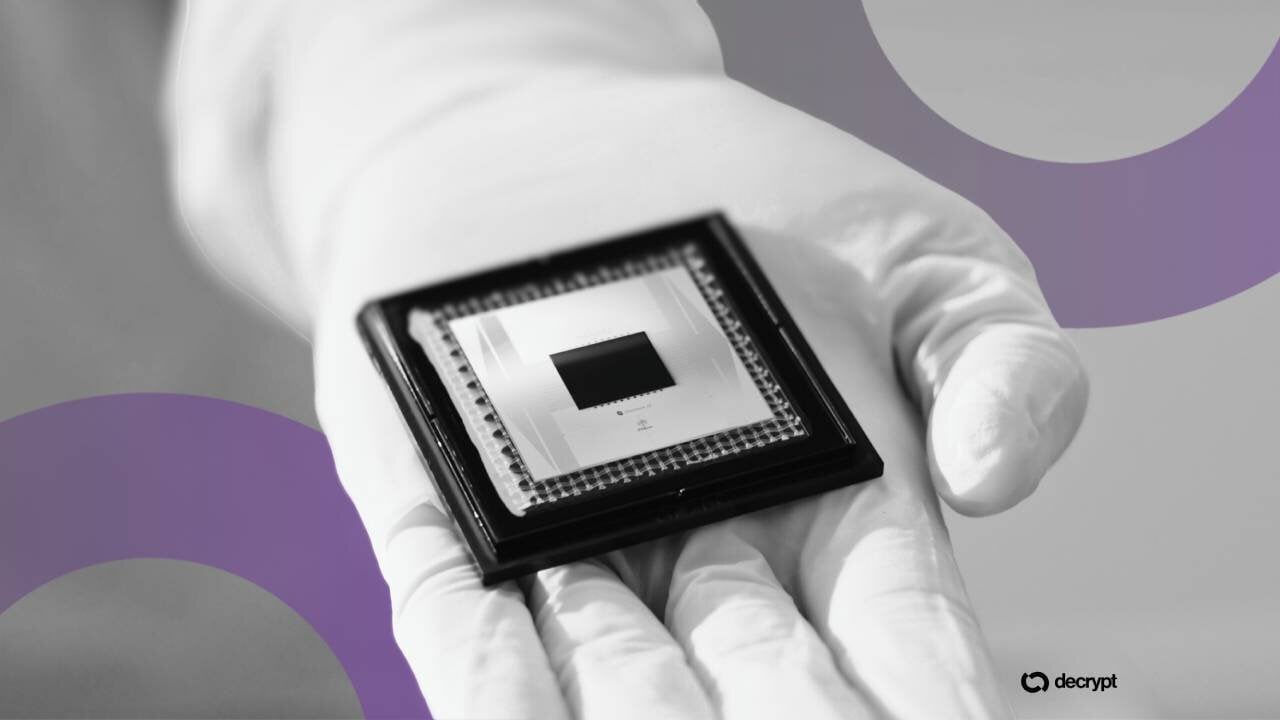Ethereum Foundation Quietly Opens New Doors for Global Finance Entry
TLDR
- The Ethereum Foundation has launched a new portal focused on institutional adoption.
- The portal highlights Ethereum’s 10-year uptime and positions it as a secure financial infrastructure.
- Ethereum is presented as a neutral settlement layer for global financial operations.
- The Ethereum Foundation created an Enterprise Acceleration team to support business onboarding.
- The portal focuses on use cases such as stablecoins, DeFi, privacy, and scalable Layer 2 networks.
- BlackRock’s tokenized fund is featured to demonstrate existing institutional engagement with Ethereum.
The Ethereum Foundation has launched a dedicated portal for institutions to encourage wider financial adoption. The site positions Ethereum as a secure and scalable platform for traditional finance.
Ethereum Foundation Targets Global Capital
The Ethereum Foundation introduced a new website tailored for institutional users and financial entities. The site emphasizes the chain’s reliable 10-year operational record.
It presents Ethereum as a neutral settlement layer for on-chain financial operations. The Foundation describes Ethereum as “a secure and reliable infrastructure for modern finance.”
This move aligns with Ethereum’s long-term vision to bring global financial flows on-chain. The Ethereum Foundation aims to serve both crypto-native and traditional entities.
Enterprise Outreach and Financial Use Cases
The Ethereum Foundation launched an Enterprise Acceleration team to support business integration. The team helps companies explore real-world use cases on Ethereum.
The portal lists use cases such as stablecoins, decentralized finance (DeFi), privacy layers, and scalable Layer 2 solutions. It avoids gaming and NFT content, focusing solely on institutional-grade applications.
The Ethereum Foundation highlights institutional activity, such as BlackRock’s tokenized fund. This demonstrates growing interest in Ethereum-based financial instruments.
The Foundation confirmed that Ethereum is not a security under U.S. regulation. The Foundation is based on Swiss law and operates as a legal foundation.
Ethereum continues technical upgrades alongside its institutional outreach. The chain is now testing its next major update, Fusaka, on the Hoodi testnet.
The Fusaka upgrade will raise the block gas limit to 150 million. This increase enables more on-chain computation and transaction throughput.
The Ethereum Foundation plans to finalize the upgrade before December. This marks the final phase before deployment on the mainnet.
Boost to Layer 2 and DeFi Efficiency
The increased gas limit benefits Layer 2 rollups. These rollups will have more room for secure anchoring and batch processing. The upgrade supports cheaper Layer 2 operations by reducing overhead on Ethereum. It also helps scale decentralized applications more efficiently.
Ethereum’s stability over the past few years strengthens its appeal. DeFi platforms now face fewer risks from congestion or fee spikes. The Ethereum Foundation highlights Ethereum’s steady performance. The chain’s uptime and resilience are key to supporting institutional-grade operations. Ethereum now processes high transaction volumes without delays. The network supports billions in value across stablecoins and DeFi platforms.
The Ethereum Foundation continues its marketing shift from niche projects to global capital. The institutional site reflects this strategy change. The site simplifies Ethereum’s core offerings for enterprises. It focuses on regulatory clarity, scalability, and real-world applications. Ethereum Foundation now balances technical development and outreach. This approach aims to grow Ethereum’s presence in global finance.
The post Ethereum Foundation Quietly Opens New Doors for Global Finance Entry appeared first on Blockonomi.
You May Also Like

Ethereum Set to Debut ‘Key to Layer-2 Scaling’ as Fusaka Upgrade Clears Final Test

IBM’s Quantum ‘Cat’ Roars: 120-Qubit Breakthrough Pushes Bitcoin’s Encryption Risk Closer
